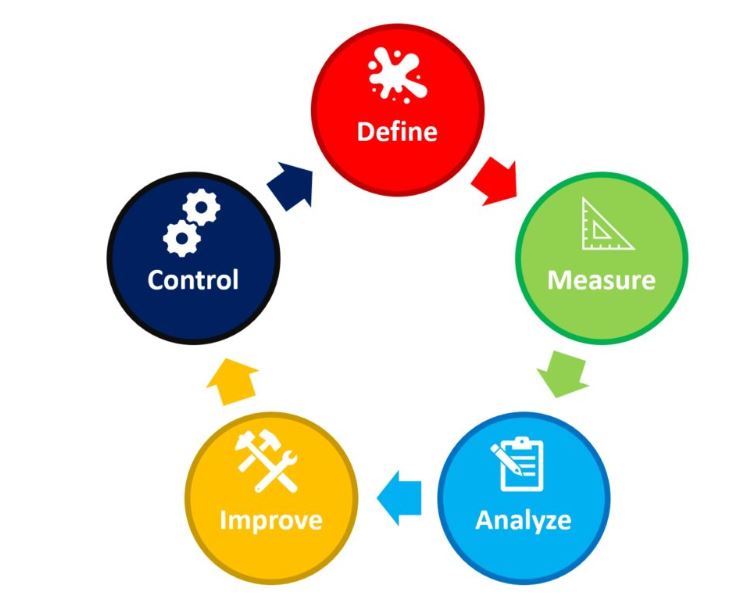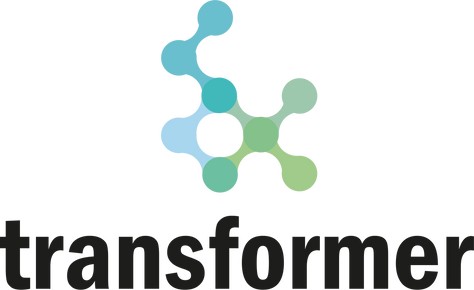DMAIC process stands for Define, Measure, Analyze, Improve, and Control. Although it is traditionally associated with improving and optimizing existing processes, it can be adapted to identify and implement quick wins in the transition towards climate neutrality (Activity 8.1 of TRANSFORMER Roadmap) by focusing on measurable improvements, data-driven analysis, and continuous monitoring and adjustment. Quick wins can be identified and implemented in any phase of the DMAIC process. In fact, most Quick Wins are identified in the Measure Phase, as part of detailed process mapping.
5 Steps in the DMAIC Process [1]
In the Define phase the goal of transitioning towards climate neutrality should be clearly defined and a common understanding of what success will look like should be developed among the stakeholders involved in the process. Having an overview of any barriers and constraints that restricts the process towards transition the current situation is better identified and thus what is needed to reach the desired outcome can be easily detected.
In the Measure Phase, the TSL collects the required data to obtain a quantitative evidence-based image of the current situation. To ensure that the data collected are useful for the transition process, the impact areas should be identified and a set of KPIs should be defined for tracking the progress towards climate neutrality.
In the Analyze Phase, the TSL identify root causes of transition issues using tools like fishbone diagrams and 5 Whys and validate these through data analysis.
In the Improve Phase, the TSL develops and implement solutions to address the root causes, pilot them, measure their impact, and refine them as necessary.
In the Control Phase, the TSL ensures sustained improvements with control plans, standard operating procedures (SOPs), employee training, and performance monitoring systems.

Available at: https://transforming.com/2020/04/22/what-is-dmaic/
[1] American Society for Quality (n.d.). DMAIC Process: Define, Measure, Analyze, Improve, Control. Available at: https://asq.org/quality-resources/dmaic
